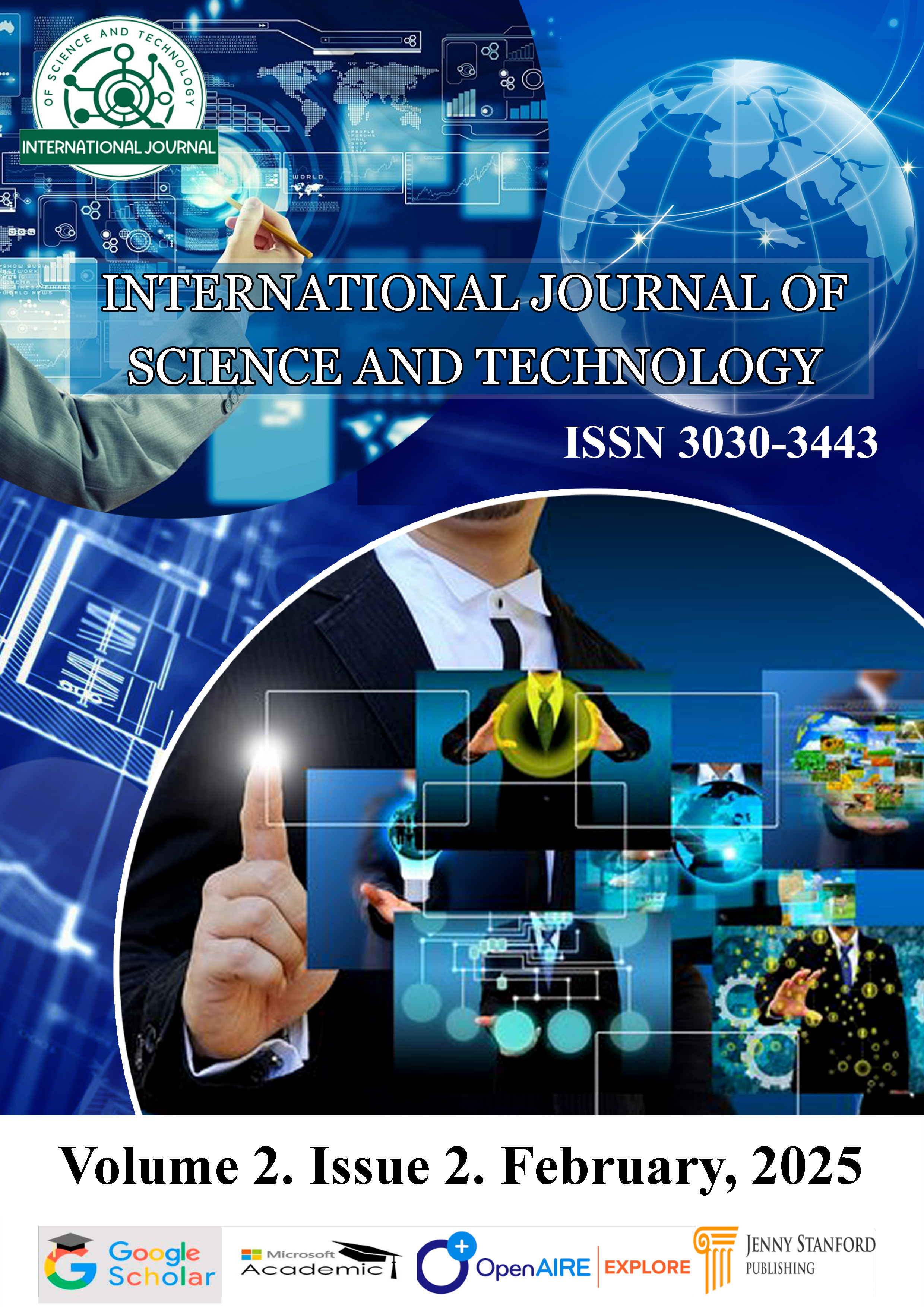Published 05-03-2025
Keywords
- Park and Ride, traffic congestion, mathematical modeling, traffic flow optimization, urban transportation, queuing theory, optimization algorithms, city traffic management, public transport systems, traffic prediction models, urban planning, sustainable transportation, parking management, route optimization, commuter behavior, smart city solutions.

This work is licensed under a Creative Commons Attribution-NonCommercial-NoDerivatives 4.0 International License.
How to Cite
Abstract
This article explores the critical role of mathematical models in optimizing Park and Ride systems as a solution to urban traffic congestion. It delves into various mathematical techniques, including traffic flow models, queuing theory, and optimization algorithms, to enhance the efficiency of Park and Ride facilities. The article discusses how these models can improve decision-making regarding the placement and capacity of Park and Ride lots, as well as streamline transportation routes connecting peripheral parking areas to city centers. By integrating mathematical modelling into urban planning, this paper demonstrates how cities can reduce traffic jams, minimize pollution, and improve the overall commuter experience. Through case studies and real-world applications, the article illustrates the potential of these models to transform transportation systems in urban environments, offering a more sustainable and efficient alternative to traditional traffic management strategies.
References
- 1) Vickerman, R., & Spence, N. (2005). Transport, Land Use, and the Economy: The Role of Transport in Urban Development. Journal of Transport Economics and Policy, 39(3), 401-423.
- 2) Hensher, D. A., & Button, K. J. (2008). Handbook of Transport Economics. Edward Elgar Publishing.
- 3)Alonso, W. (1964). Location and Land Use: Toward a General Theory of Land Rent. Harvard University Press.
- 4)Koutsopoulos, H. N., & Michalopoulos, P. G. (1993). Mathematical Models for the Optimization of Park-and-Ride Systems: The Case of Athens, Greece. Transportation Research Part A: Policy and Practice, 27(6), 535-548.
- 5)Daganzo, C. F. (1997). Fundamentals of Transportation and Traffic Operations. Pergamon Press.
- 6)Zhang, L., & Chen, X. (2018). A Simulation-Based Approach for Park-and-Ride System Optimization in Urban Traffic Management. Transportation Research Part B: Methodological, 109, 109-121.
- 8)Chen, J., & Wei, C. (2019). Optimizing Park-and-Ride System with Dynamic Traffic Flow Models: A Case Study of Shanghai. Transportation Research Part C: Emerging Technologies, 101, 1-12
- 9) Vasseur, J., & Crainic, T. G. (2017). Optimization Models for the Design of Park-and-Ride Systems in Congested Urban Areas. Transportation Research Part E: Logistics and Transportation Review, 101, 43-60.
- 10)Van den Bergh, J. C. J. M., & Jansen, L. (2011). The Integration of Transportation Networks: Park-and-Ride as a Strategic Tool. Environment and Planning B: Planning and Design, 38(4), 563-578.
- 11)Wang, J., & Zhang, X. (2020). Park-and-Ride Optimization for Sustainable Urban Mobility: The Impact of Multi-Modal Transportation Networks. Sustainable Cities and Society, 59, 102156.

